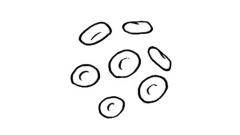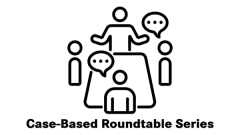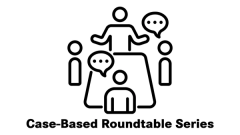
Handling GI Toxicities While Using Selinexor Triplet Therapy in RRMM
Adam Binder, MD, discusses how to handle gastrointestinal toxicities for patients with relapsed/refractory multiple myeloma who are on the triple therapy of selinexor, bortezomib, and dexamethasone.
Episodes in this series

Adam Binder, MD, associate professor at Thomas Jefferson University and associate director of inpatient operations quality officer, division of hematologic malignancies at the Sidney Kimmel Cancer Center, discusses handling gastrointestinal (GI) adverse events (AEs) that arise with selinexor (Xpovio), bortezomib (Velcade), and dexamethasone (XVd) triplet therapy for patients with relapsed/refractory multiple myeloma (RRMM).
XVd was approved by the FDA based on the data from the randomized, open-label, phase 3 BOSTON trial (NCT03110562). This trial compared the use of weekly XVd with a twice-per-week doublet therapy of bortezomib and dexamethasone in 402 patients with RRMM randomly assigned 1:1 to the triplet or doublet therapy.
At a median follow-up of 13.2 months (IQR, 6.2-19.8) in the triplet arm and 16.5 months (IQR, 9.4-19.8) in the doublet arm, the trial met its primary end point of progression-free survival (PFS). The median PFS in the XVd arm compared with the doublet arm was 13.93 months (95% CI, 11.73–not evaluable) vs 9.46 months (95% CI, 8.11-10.78), respectively (HR, 0.70; 95% CI, 0.53-0.93; P = .0075).
The most frequent grade 3/4 AEs for patients given XVd compared with the doublet was thrombocytopenia (39% vs 17%), fatigue (13% vs 1%), anemia (16% vs 10%), and pneumonia (11% vs 11%). In the XVd arm, 47 patients died compared with 62 in the bortezomib/dexamethasone group.
Binder highlights that some AEs are more difficult to handle then others, such as fatigue, but there are several approaches to handling GI toxicities, such as antiemetic drug regimens to mitigate nausea. Further, he discusses when to give these prophylactic medicines while the patient is given XVd triplet therapy.
TRANSCRIPTION:
0:08 | In terms of GI toxicity related to nausea, vomiting, and diarrhea, it's really important that all patients are aware of these potential [AEs] and are prescribed either Imodium or Lomotil prior to starting therapy, just in case they do develop significant diarrhea. In terms of the nausea and vomiting, particularly in the first couple of cycles [of treatment], it's very important to have a well regimented antiemetic combination strategy.
0:36 | Oftentimes, we recommend a combination of standing olanzapine and Zofran for 2 to 3 days after taking the selinexor. This will help minimize the risk of nausea and vomiting in the early days after their treatment, and then they can have a couple of days off of these medicines before taking it again. The risk of nausea and vomiting is highest during the first 2 cycles, and there are data to suggest that after cycle 2 you can take away these prophylactic antiemetic regimens and allow patients to just take the selinexor and treat the nausea expectantly if it develops.



















































